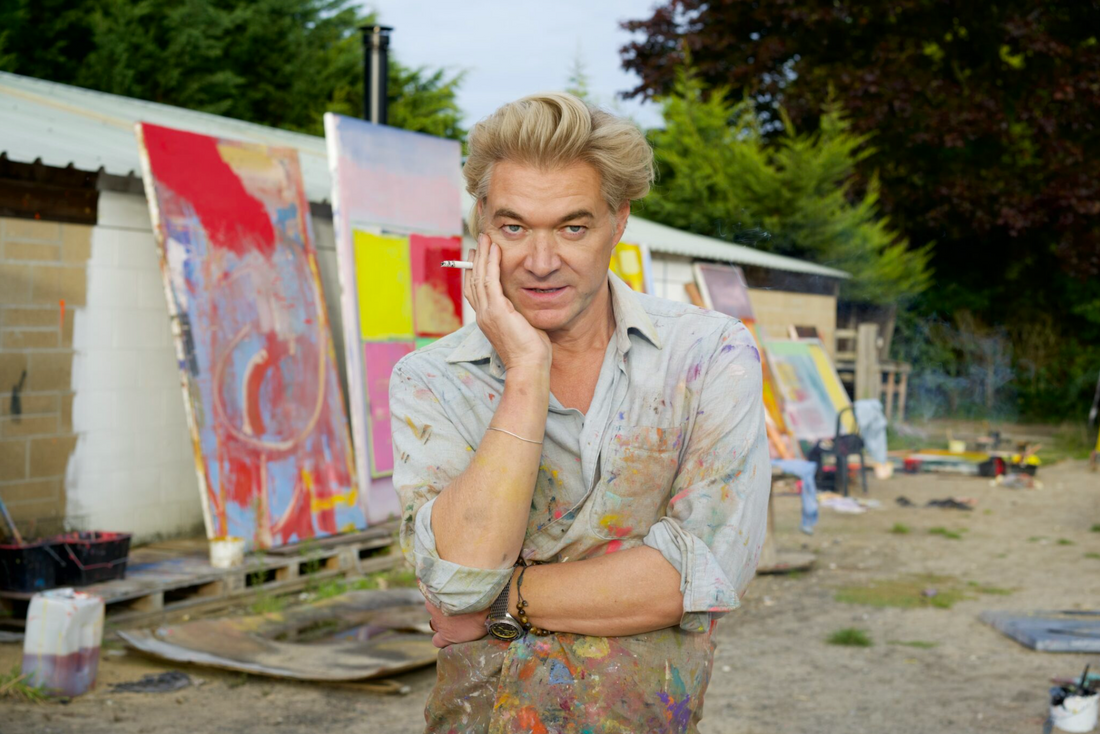Nestled in the heart of Studio 74, amidst a myriad of colours and forms, stands a thought-provoking piece by Harland Miller, "Happiness: The Case Against". This artwork, like much of Miller's, bridges the gap between literature and visual art, creating a captivating experience for the viewer. Stating ‘I’m a painter who writes books, rather than a writer who paints’, Miller has strayed into the creation of sculptures and mixed-media pieces, but his large-scale sardonic reworkings of book covers have received an almost cult-like following. For collectors his work has been likened to a ‘mission statement’, with the average value of his artwork experiencing a 10% growth over the last 5 years.

Born in Yorkshire in 1964, Harland Miller's journey into the art world was as unconventional as his work. Initially drawn to literature, Miller's early years were spent amidst the pages of novels and poetry. This literary love affair didn't just influence his thematic choices; it became the very essence of his art.

Miller first gained significant attention in the early 2000s with his series of large-scale paintings inspired by the dust jackets of Penguin books. These pieces combined the vintage aesthetics of these classic covers with sardonic and often humorous titles, created by Miller himself. This fusion of text and image has since become his signature style, a nod to both his love for literature and his keen wit.
"Happiness: The Case Against" is a quintessential Harland Miller piece. The work takes inspiration from the abstract and geometric psychology book covers of the 1960s and 1970s by parodying the popular self-help manuals of the era. At first glance, it appears to be a giant, weathered book cover from a bygone era. However, a closer look reveals the artist's characteristic playfulness and depth. The title, provocative and intriguing, invites the viewer to ponder the complexities of happiness. Is Miller suggesting a cynicism towards the pursuit of joy, or is it an ironic commentary on our relentless quest for it? The ambiguity is deliberate, leaving the interpretation open to the viewer’s own experiences and perceptions.

Miller's work goes beyond visual aesthetics; it's a conversation starter, a piece that urges you to think and reflect. This reflective quality is what makes his art so fitting for a gallery setting. Visitors are not just viewing a painting; they're engaging with a piece of art that asks questions and seeks to understand the human condition.
As you take a walk through our gallery, Miller's artwork serves as a reminder of the power of art to transcend traditional boundaries. It's a celebration of creativity, a blend of the written word and visual expression, and a dialogue between the artist and the viewer. We invite you to come and experience this extraordinary piece, to engage with it, and perhaps, find your own interpretation of what happiness truly means.

